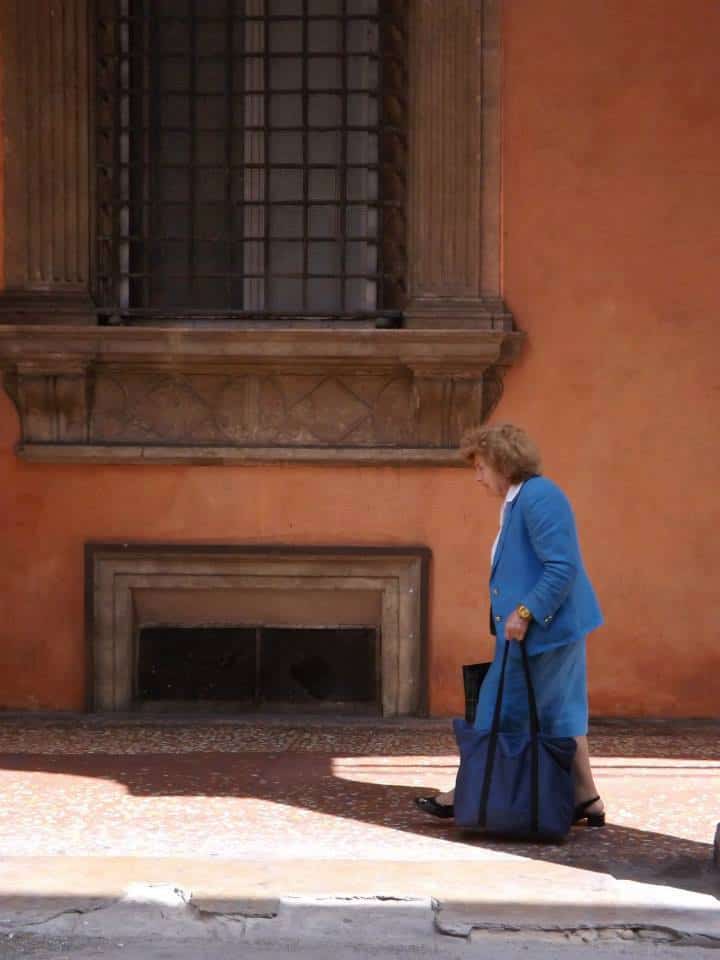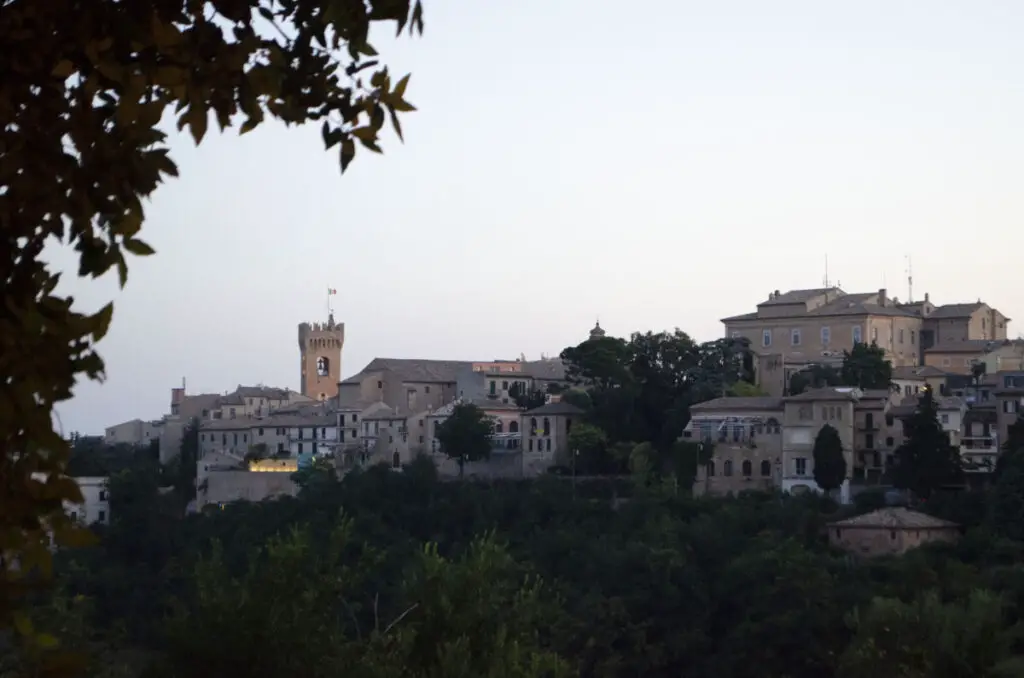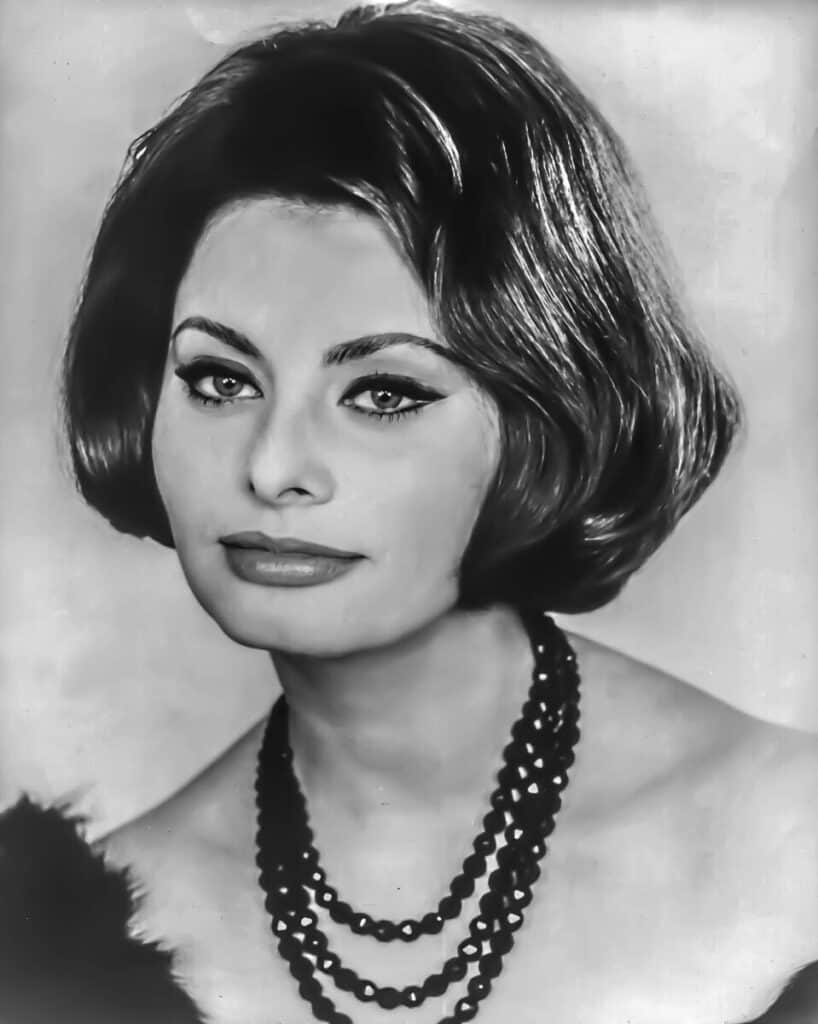Have you ever wondered what Epiphany day represents in Italy?
Through the eyes of two experts, in this article you will find out about Italian Epiphany day celebrations for children, and what Epiphany means as a religious festival.
Keep reading to find out more
Table of contents:
- When is Italian Epiphany day?
- What does the Epiphany represent for Italians?
- How do people in Italy celebrate the Epiphany?
- How is the Befana portrayed to Italian children?
- Why do some adults dress up as the Befana on Epiphany day?
- What happens for children on Italian Epiphany day?
- Do Italians give gifts on Epiphany?
- What does Epiphany mean in the Catholic world?
- What is the message of the Three Kings on Epiphany day?
- Where does the character of the Befana come from? A history lesson
- Are there any traditional Epiphany foods?
When is Italian Epiphany day?
Epiphany is celebrated in Italy on the 6th of January and is a national public holiday.
For reference, here are dates of Italian national public holidays around the Christmas period:
| 24th December | Christmas Eve |
| 25th December | Christmas Day |
| 26th December | St. Stephen’s Day |
| 1st January | New Year’s Day |
| 6th January | Epiphany Day |
What does the Epiphany represent for Italians?
In terms of people’s daily lives, from a non-religious point of view, Epiphany for Italians represents a conclusion to the festivities of the Christmas period.
This is exemplified in this traditional Italian proverb:
L' Epifania tutte le feste porta via (Italian proverb)
Italian schools reopen after the Christmas break on the 7th of January, the day after Epiphany, and all celebrations come to an end then.
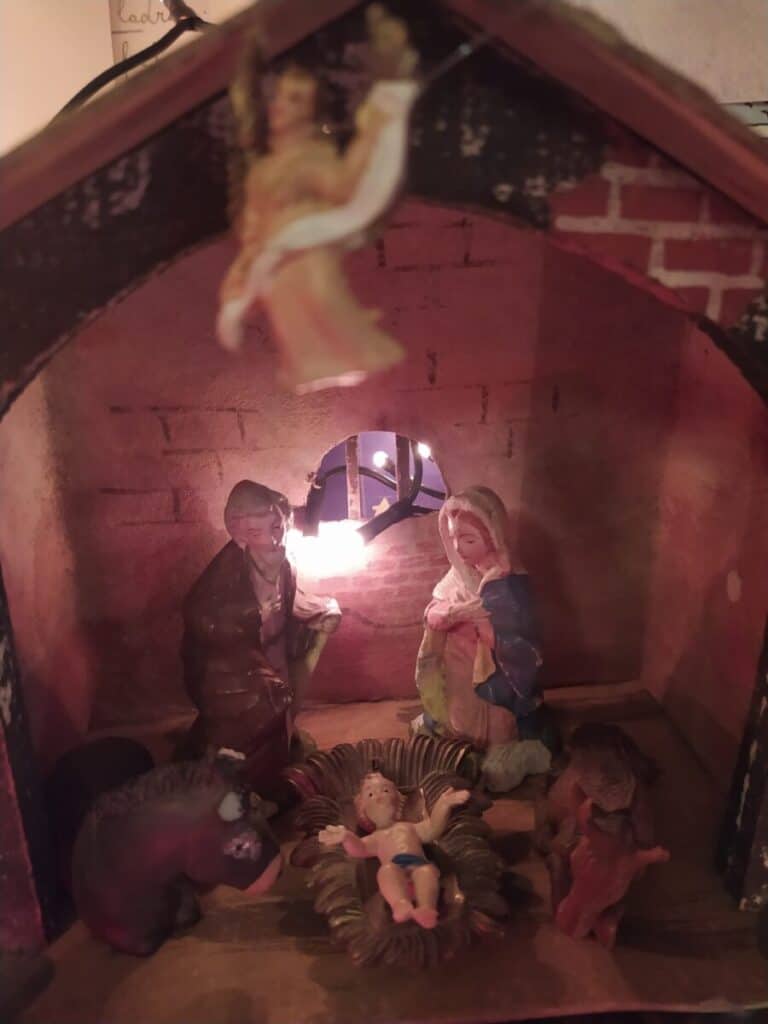
How do people in Italy celebrate the Epiphany?
Epiphany for the vast majority of Italians is characterised by the tradition of the “Befana”, an elderly lady who visits houses where there are children and brings them presents (usually in stockings).
Epiphany is one of the religious festivals which is recognised by the Italian state and so it is a national holiday. This shows its importance from a Catholic point of view.
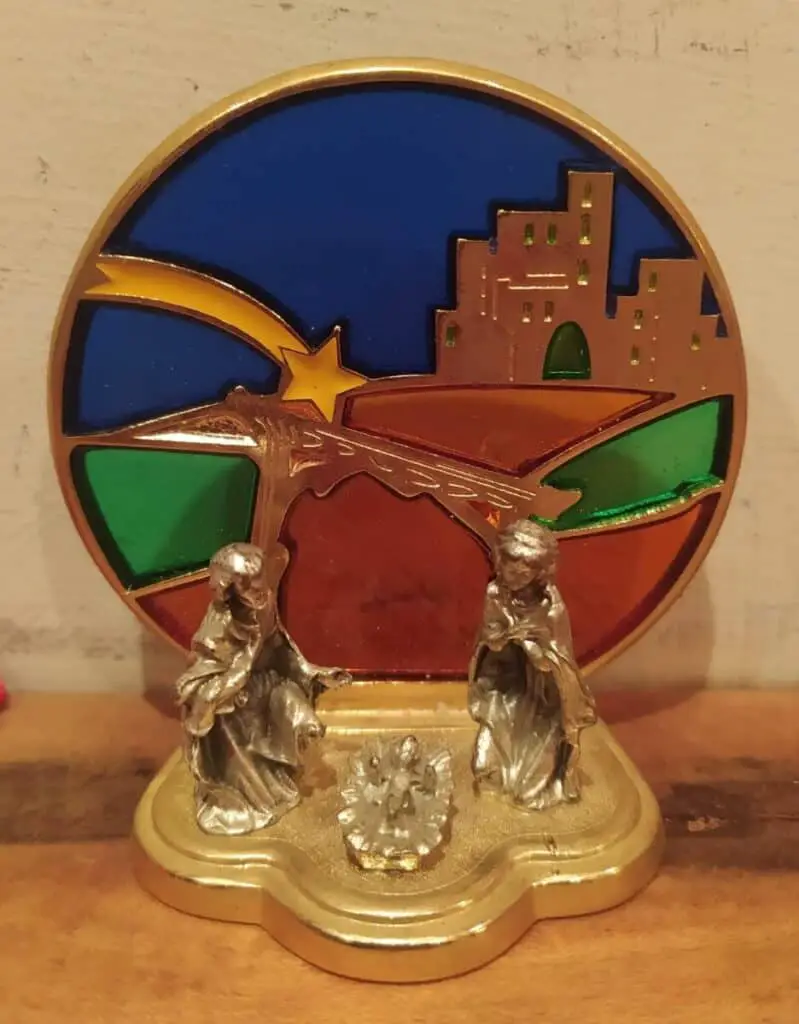
In the Italian culture, however, the vast majority of Italians mainly think of Epiphany as a festival for children around the character of the Befana, and this aspect takes precedence over the Catholic celebration aspect of Epiphany.
Around 50 years ago, Epiphany as a Catholic celebration had been abolished, but was then re-instated. Nowadays, for Catholics who actively practise their religion, Epiphany is what is called a Holy Day of Obligation, like Christmas, and people attend church.
The majority of Italians, however, don’t feel that going to church on Epiphany day is as important as Christmas or Easter, but they do make sure that they buy stockings and presents for the children who are in their lives.
How is the Befana portrayed to Italian children?
In the imaginary world that surrounds Italian Epiphany, and that Italian children are told about by adults, the Befana is seen to resemble a kind-hearted witch.
There are several traditional nursery rhymes about the Befana. For example:
La Befana vien di notte Con le scarpe tutte rotte Con le toppe alla sottana Viva viva la Befana (Italian traditional poem)
The Befana is meant to be a kind-hearted, but slightly disconcerting, character. She is meant to be feared by children, but at the same time be captivating for them. Deep down, the Befana is a generous and kind-hearted character that you can expect to receive gifts from.
Italian legends around the Befana bear some similarities to those around Santa Claus. In fact the Befana usually visit houses during the night and gets in through the chimney. Children are told that the Befana travels around by riding a broom.
Parents put sweets in stockings for their children and hang the stockings on the fireplace, if they have one, or put them by the Christmas tree.
Why do some adults dress up as the Befana on Epiphany day?
It is tradition for children to receive visits from the Befana on Epiphany day.
Sometimes an adult might volunteer to impersonate a Befana for children in the neighbourhood, or, in larger cities and places where people in neighbourhoods don’t know each other so much, friends or relatives within a family might choose to be a Befana.
The Befana impersonator is preferably over the age of 60, as the Befana is an elderly lady, and so can’t have a voice that sounds too young.
In my family tradition, there was always a helpful neighbour […] who would make herself available to dress up as the Befana
Roberta Bianchi
Usually, the Befana wears a long, dark skirt which is a little old, possibly torn or patched up, and old shoes which have seen better days, to show that she has travelled a long way.
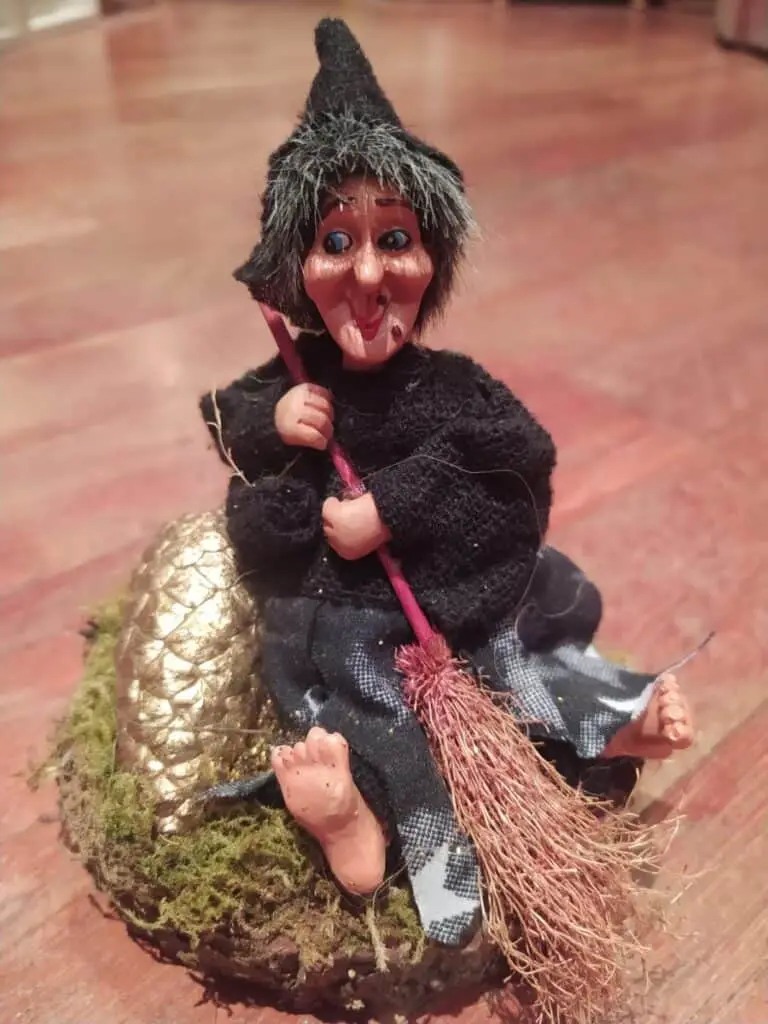
The lady impersonating the Befana is made to look ugly, old and possibly hunched, due to the many long journeys sitting hunched up on her broomstick. The Befana usually walks slowly and like she is full of aches and pains.
The Befana wears a head scarf, which is used to hide their face so that children won’t recognise who she really is. Sometimes the Befana impersonator also wears a mask to avoid being recognised, and carries a broom.
Adults with small children do their best to maintain an image of the Befana as someone mysterious.
The Befana is meant to be captivating but also scary
Roberta Bianchi
What happens for children on Italian Epiphany day?
The tradition is for the lady dressed up as the Befana to visit several houses in her neighbourhood, or friends’ houses.
When the Befana visits a family, children from more houses in the neighbourhood, or children of friends, all gather in one house.
During her visit, the Befana usually talks to the children and asks them to recite a poem or sing a song. To show appreciation, children might give the Befana something they made, for example a drawing, as a gift.
After that, the Befana gives out presents, usually in stockings, and then goes off to visit more houses.
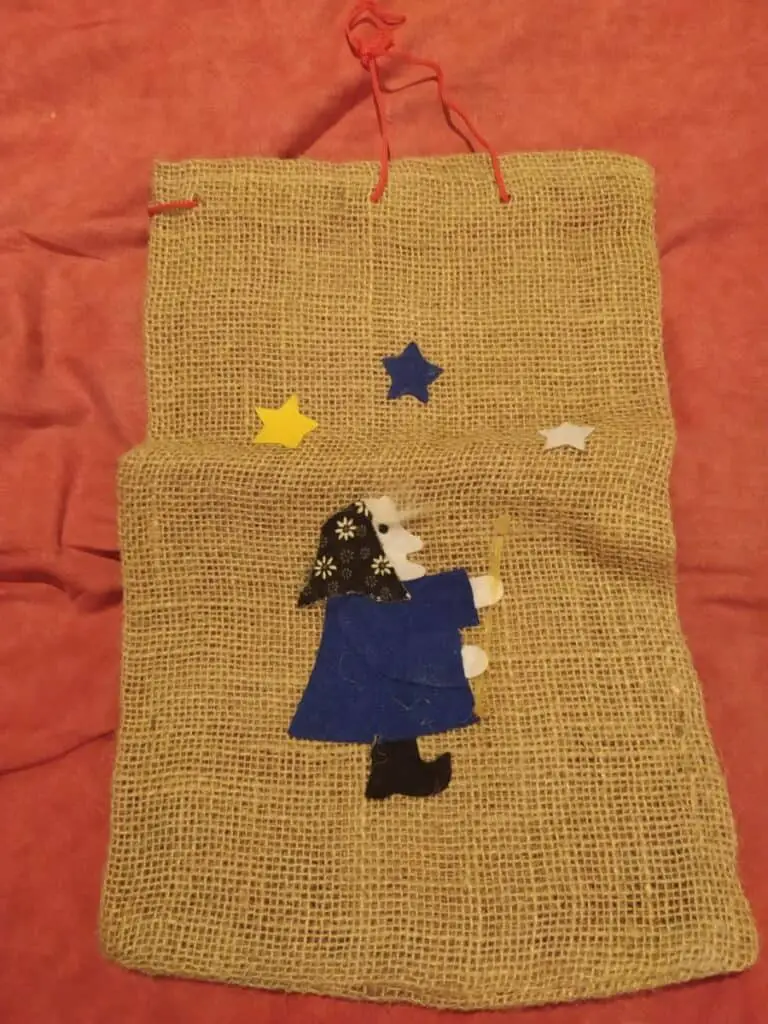
Fun fact – I remember one Epiphany when I was old enough to recognise, or to know, who the Befana impersonator was, a close family friend.
Seeing her dressed up was very funny not only for me, but for adults too. To avoid giving away who she really was, and for the benefit of the smaller children, the adults were asking her questions such as “How many houses have you been to today?” or “What’s the weather been like as you were flying on your broomstick?”, and so on.
The Befana celebration in Italy is usually a very fun day for both children and adults.
Do Italians give gifts on Epiphany?
Traditionally, the Befana’s gifts, reserved for children, consist of different types of sweets, like chocolates and candy.
Many years ago, when sweets weren’t as popular as today as there was less wealth, the Befana’s sweets were used as a bribe for children throughout the year.
By tradition, the Befana is meant to give coal, instead of sweets, to those children who haven’t been good. Nowadays, however, there are sugar coal sweets that shops sell and that all children get in their stockings, and I remember enjoying that (in small doses as it’s very sweet) when I was little.
Some Italian adults remember that, when they were little, between 1940 and 1960, the tradition was that they received their presents not for Christmas but for Epiphany instead, as presents were brought by the Befana instead of Santa Claus.
Nowadays, as there is more wealth within families, children receive more presents overall than they used to in the past, and some Italian children might receive presents both at Christmas and for Epiphany.
So the Italian children of today might get presents other than sweets for Epiphany, such as more substantial items that they might want, although this is not a rule, but is up to the individual choices of adults and varies from family to family.
The “Befana” is a very important character for Italian children, almost on a similar level as Santa Claus, but it is important to bear in mind that the Befana gifts on Epiphany day are specifically for children, so adults are not expected to give each other presents.
Two ways to wish each other Happy Epiphany in Italian are:
- Buona Epifania = Happy Epiphany (for everyone)
- Buona Befana = Happy Befana (between people who have children in their lives, or addressed specifically to children)
What does Epiphany mean in the Catholic world?
The word Epiphany comes from the Ancient Greek verb “epi-phainein” (to show/ to reveal). In English, the word Epiphany means revelation, manifestation, sudden discovery or realization, and is used in phrases such as “I had an epiphany last night”.
From a Christian Catholic perspective, whilst Christmas celebrates the Nativity of Jesus Christ, Epiphany celebrates the birth of Jesus Christ as revelation of God’s words that Christians must put into practice, such as love, fraternity, and the fight against injustice in the world.
(Epiphany) is the revelation of God’s word. It’s the revelation of the fundamental message that Christians are to put into practice
Anna Farfaglio
Epiphany day on 6th January marks the specific celebration of the revelation of God’s word in the Christian Catholic world.
Within the Christian tradition, which, like all traditions, mixes history, myth and legend, Epiphany has been associated with the journey of the Three Kings (called Melchior, Gaspar, and Balthazar) who travelled from ancient Persia, now modern Iran, to Bethlehem, following the movement of a comet (which we call Christmas Star).

The Three Kings were also called Magi, and, historically the Magi were actually scientists, specifically astronomers, who studied the constellations and their movements, and were seeking to understand their meaning and any divine messages that were thought to be conveyed through them.
As part of the religion of Ancient Persia called Zoroastrianism, the messages of the divinity could be understood by interpreting the events that happened in the sky.
In their study of the movement of the stars, the Three Kings realised that a comet would become visible on a particular day, and so they set off to follow it to see where it would finally stop.
In fact, the Three Kings thought that a Messiah, who they had been waiting for, would be born at the comet’s final destination.
Interestingly, there are modern astronomy studies which have shown that, back in those days, there were several stars in transition in the sky, which were just passing, rather than recurring year on year. The Christmas Star is thought to be one of these stars in transition.
This might explain why many astronomers at the time were seeking to understand the movement of these stars, where they were going and what messages they were conveying.
The Three Kings are also called Magi. In Ancient Persian the word “Magus” means “priest”. Priests in those days were also scientists and academics. The word “mago” in modern Italian means “magician”, instead. Of note, the plural of “mago” is “maghi”, not to be confused with “magi”!
Epiphany is a Christian festivity that celebrates the revelation of the word of Christ together with the mythical journey of the Three Kings.
What is the message of the Three Kings on Epiphany day?
The Catholic legend says that the Three Kings had different lands of origin: Melchior was from Persia, Gaspar was from India, and Balthazar was from Arabia. This has been interpreted as a symbol that all populations on Earth will receive God’s message and be changed by it.
The revelation (of Epiphany) says that, one day, Christ’s message will travel the earth and will transform both the earth and the people on it
Anna Farfaglio
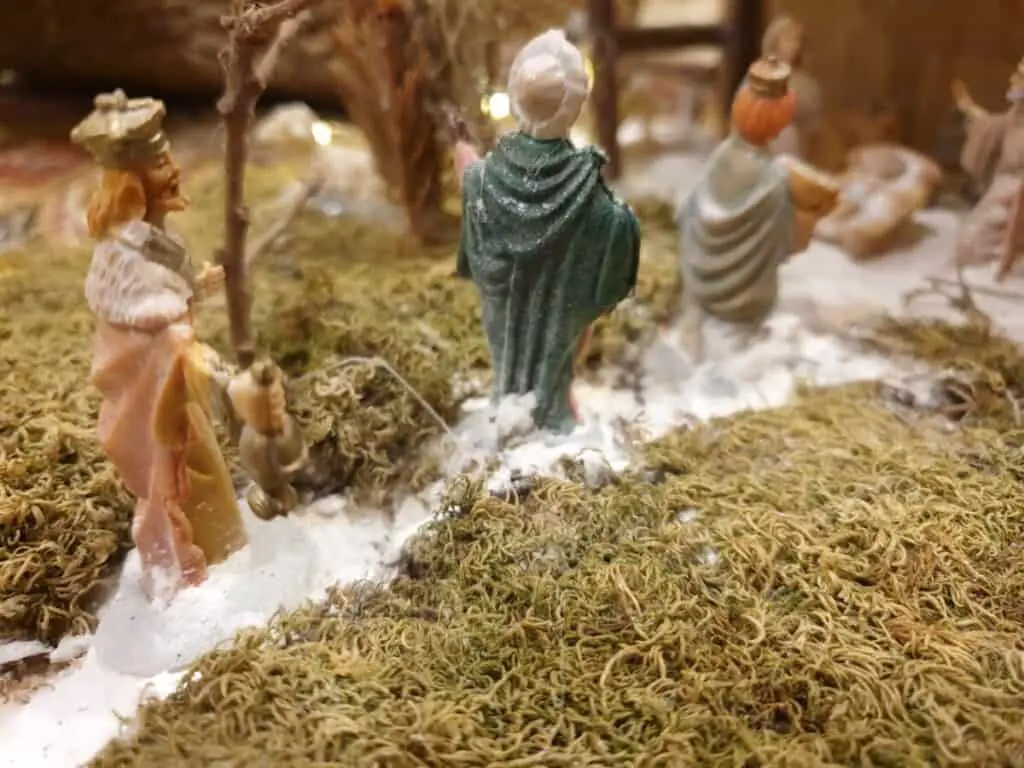
The Three Kings were looking for a divine message conveyed from the stars and found it on Epiphany day when they arrived to Bethlehem, where the comet stopped moving. For this reason, the Three Kings are often included in the Nativity Scene.
Some families add the Three Kings to their Nativity scene on 6th January, as this is when they were thought to have arrived to Bethlehem.
The Three Kings paid homage to baby Jesus with three gifts, which are three Christian symbols:
- Gold – was a gift to signify that Jesus is son of God, not an earthly king
- Frankincense – was a gift to represent Jesus’ divinity. This is why Frankincense is used in churches today when a blessing is taking place to signify something sacred.
- Myrrh – is a precious ointment which was spread on a dead body in preparation for burial ceremonies. The gift of myrrh was taken to symbolise the anticipation of the Passion of Christ and his death.
The Three Kings are important for Epiphany as a Christian Catholic celebration because they officially recognised the importance of the manifestation of God’s word by understanding that the movement of the Christmas Star was important, and by deciding to follow it all the way to Bethlehem.
The Three Kings were called “kings” to highlight their nobility and to show that, despite being important people in an earthly sense, and members of the scientific community, they still stood in awe of God’s word.
Where does the character of the Befana come from? A history lesson
The character of the Befana comes from a mixture of cults, partly related to the story of the Three Kings.
The legend says that the Three Kings would sometimes stop on their way to Bethlehem to ask for directions.
One day they asked an old lady who was a little rude to them and not very helpful. After the Three Kings had gone, the lady regretted her behaviour, as she realised that she might be missing out on finding the Messiah.
So the old lady packed lots of presents and set off to find baby Jesus, stopping at each house to ask if they knew anything about a Messiah. Whenever there were children in a house, she left presents for them.
Epiphany as the celebration of the Befana today is specifically for children, and only children receive presents because the legend of the Befana tells that this old lady, in looking for baby Jesus, left presents to all other children she visited.
The legend of the Three Kings and that of the old lady (who then became Befana), were initially separate but eventually became merged in history as the same festivity, and this is why Italian Epiphany and the Befana are celebrated on the same day.
A second explanation that others have given for the origins of the Befana is that she might have represented a Mother goddess. The Befana bears similar features to a Mother goddess because she is a bad-tempered lady who nonetheless is kind-hearted and delivers presents. In the same way, the Mother goddess gives life but also causes death.
The cult of the Mother goddess is a very ancient cult, prior to Ancient Greece, but it is possible that it entered the Christian tradition through the story of the Three Kings, giving rise to the character of the Befana.
Are there any traditional Epiphany foods?
There is a number of foods, primarily sweets, which are traditionally eaten on Epiphany day:
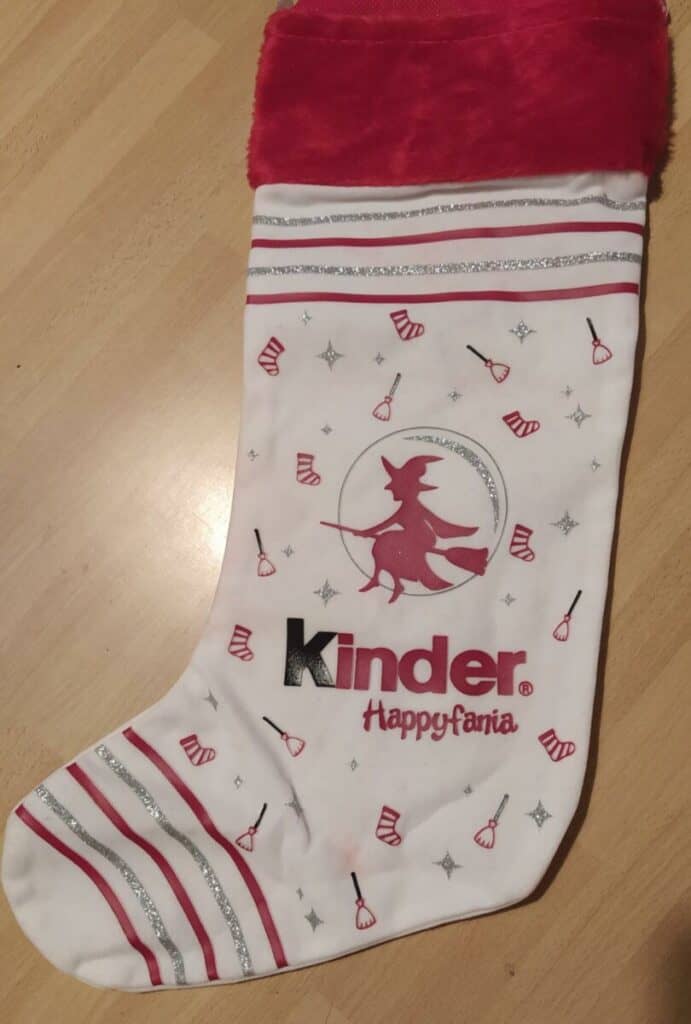
- Sweet coal
- The Three Kings cake – this is a little like brioche bread and is eaten mainly at breakfast
- Cookies
- Chocolate and candy to go in the Befana stockings
- Christmas leftovers such as Panettone


